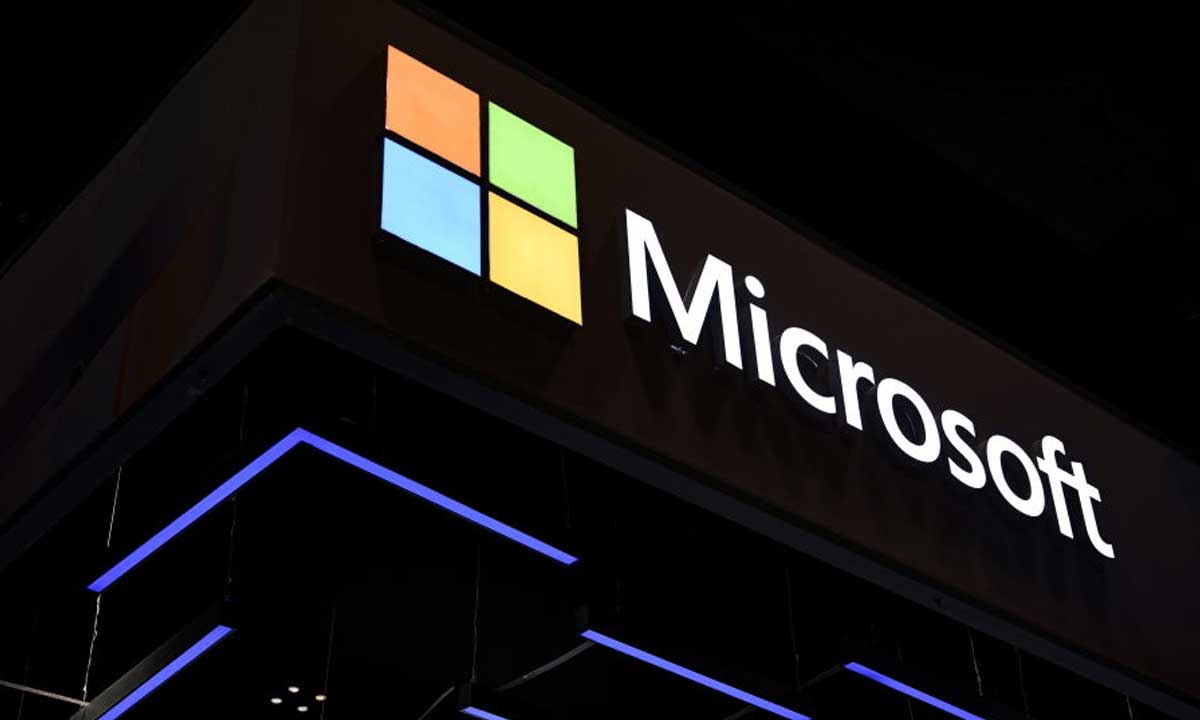Microsoft Announces 6,000 Layoffs in Global Workforce Reshuffle to Double Down on AI
Redmond, WA — Microsoft has launched another sweeping round of layoffs, cutting approximately 6,000 jobs—or nearly 3% of its global workforce—despite reporting soaring profits and outperforming market expectations. The decision, announced internally last week and confirmed through multiple media reports, is part of a broader strategic restructuring aimed at future-proofing the tech giant as it pivots further toward artificial intelligence and streamlined operations.
The job cuts affect a broad range of employees across departments, levels, and regions. However, the impact is particularly pronounced at Microsoft’s Redmond, Washington headquarters, where nearly 2,000 positions have been eliminated, including more than 1,500 on-site roles.
Layoffs Amid Growth: A Shift in Corporate Philosophy
Microsoft’s most recent quarterly earnings revealed a net income of $25.8 billion—a figure that reaffirms the company’s robust financial health. But according to Microsoft executives, the layoffs are not a reaction to economic distress. Instead, they are a calculated move to optimize corporate agility and align human resources with the company’s rapidly evolving priorities.
“This isn’t about reducing expenses,” a Microsoft spokesperson said. “It’s about recalibrating for operational excellence and accelerating our focus on high-impact areas—particularly artificial intelligence and next-generation technologies.”
The reorganization focuses heavily on trimming what Microsoft describes as “management bloat”—layers of mid-level oversight that, according to insiders, have hindered faster execution and interdepartmental synergy. This mirrors similar restructuring efforts seen across Silicon Valley, where companies like Amazon and Meta have also cited internal inefficiencies and redundant hierarchies as reasons for job reductions.
Redmond and Beyond: Who’s Affected?
While the layoffs touch virtually every corner of Microsoft’s business, internal sources indicate that the largest cuts are concentrated in product marketing, enterprise software teams, and traditional cloud infrastructure operations. Several engineering roles have also been impacted, especially those not directly tied to AI innovation or strategic cloud modernization initiatives.
In Redmond—Microsoft’s sprawling headquarters campus—the emotional toll has been significant. Employees described scenes of quiet goodbyes, department-wide meetings to explain the cuts, and an atmosphere of anxiety and uncertainty.
This latest round is the most substantial since 2023, when Microsoft terminated over 10,000 jobs. Unlike previous layoffs earlier in 2025, which were tied to employee performance reviews, this restructuring is explicitly strategic, signaling a major shift in the company’s internal operating model.
AI Takes Center Stage in Microsoft’s Future Vision
Under CEO Satya Nadella’s leadership, Microsoft is doubling down on artificial intelligence as its core driver of innovation and market dominance. Nadella has repeatedly emphasized that Microsoft’s future lies in reshaping every aspect of its business—from productivity tools and enterprise solutions to cloud services—through the power of AI.
During Microsoft’s January earnings call, Nadella acknowledged that while growth in core Azure cloud services had slightly underperformed expectations, the company’s AI-driven services had exceeded forecasts. That performance divergence further solidified Microsoft’s decision to bet heavily on AI as its long-term differentiator.
“At a time of platform shifts,” Nadella remarked, “you have to be prepared to prioritize new design wins over legacy processes. That means transforming how we go to market, how we incentivize teams, and how we allocate resources.”
This philosophy now seems to be driving the restructuring. Microsoft is eliminating roles it sees as rooted in past-generation thinking while reallocating talent and investment toward AI-based initiatives, including its partnerships with OpenAI and its expanding suite of Copilot tools.
Investors Approve: Market Reaction Positive
Despite the job cuts, investor sentiment has remained remarkably positive. Microsoft’s stock closed at $449.26 in recent trading, the company’s highest point in 2025 so far and within striking distance of its all-time high of $467.56 set in July 2024.
Analysts have largely interpreted the layoffs not as a red flag but as a proactive recalibration that aligns with Microsoft’s forward-looking vision. Wall Street views the strategic workforce reshuffle as a sign of executive discipline and clarity of purpose—qualities that have become increasingly valuable in a volatile tech landscape.
“Microsoft is positioning itself for long-term leadership in AI and digital infrastructure,” said tech analyst Jordan Reid of Accel Insights. “They’re not waiting for problems to arise—they’re building a business model ready for the next decade.”
Industry-Wide Movement: Not Just a Microsoft Story
Microsoft’s announcement is just the latest in a string of similar moves by major tech firms. Across the industry, companies are engaging in strategic layoffs—not as emergency cost-cutting but as part of wider modernization efforts.
Cybersecurity giant CrowdStrike, for instance, revealed plans last week to lay off 5% of its workforce, even as it reported record earnings. Similarly, Meta, Alphabet, and Amazon have all slashed jobs in recent months to “flatten” their organizations and reposition for future tech trends such as machine learning, cloud infrastructure, and automation.
This industry-wide pivot suggests a fundamental shift in how tech companies view workforce dynamics. Rather than expanding headcount endlessly, the new focus appears to be on cultivating specialized, agile teams capable of driving innovation without the inertia of bloated middle management.
Looking Ahead: A Reshaped Microsoft
As of mid-2025, Microsoft employs approximately 228,000 people globally. With this latest round of cuts, that number will dip, but not drastically. What’s changing more meaningfully is the internal makeup and mission of Microsoft’s workforce.
From revamping its go-to-market strategy to redeploying talent toward AI-driven products, Microsoft is signaling that it is not just reacting to market trends—it is preparing to shape them. The company’s aggressive push into AI, paired with its market-leading positions in cloud computing, productivity software, and cybersecurity, could make it one of the most influential players in shaping the tech industry’s next chapter.
Yet the changes are not without pain. Former employees, labor advocates, and industry insiders are watching closely to see how Microsoft handles the transition—not just in terms of severance packages, but also how it balances growth with ethical responsibility.
In the meantime, Microsoft remains firmly in the spotlight as a bellwether for how Big Tech adapts to a world increasingly defined by artificial intelligence.
Read these also:

